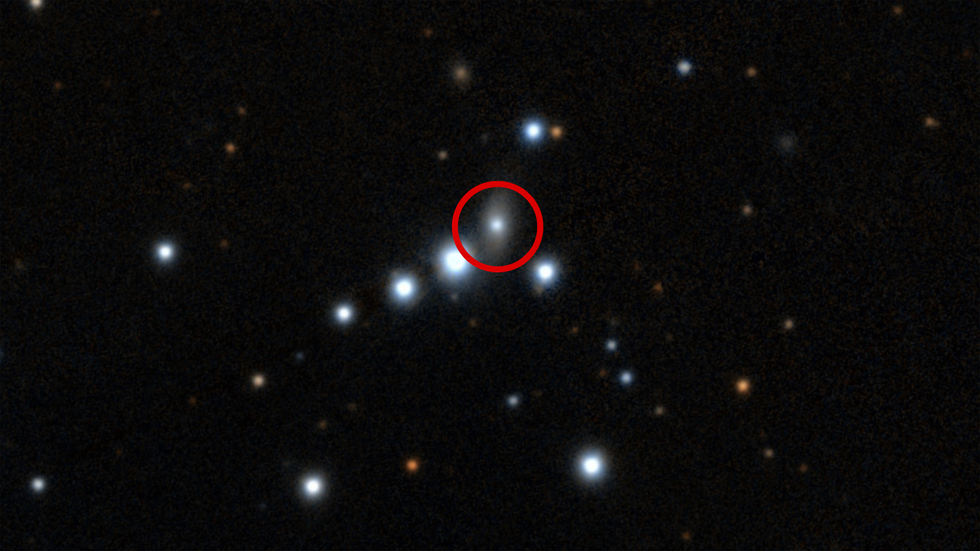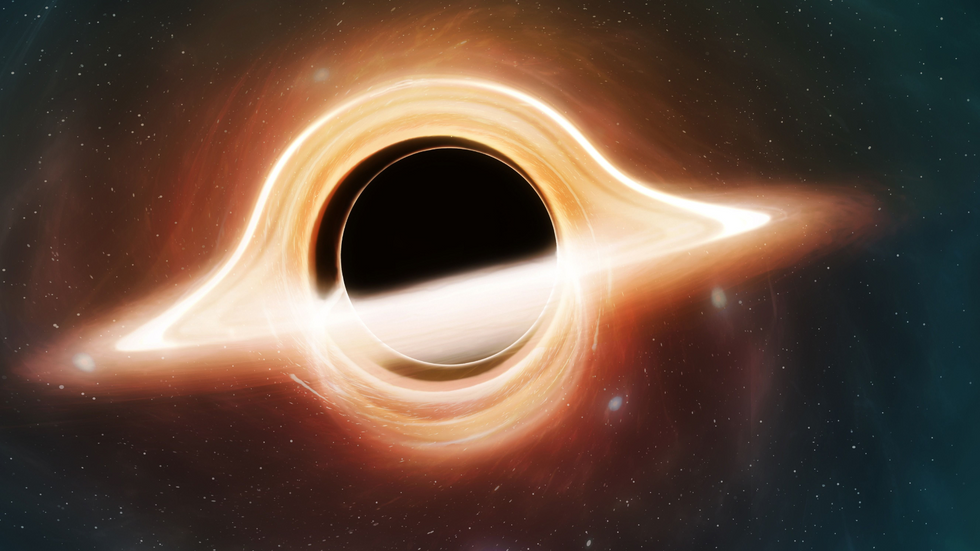Mysterious black hole leaves scientists baffled after it starts flashing unexpectedly
A supermassive black hole has baffled scientists after it was spotted ‘flashing’ in deep space.
Astronomers say they have never witnessed anything like the mysterious phenomenon before – which has been intensifying over the past two years.
“We’ve never seen this dramatic variability in the rate at which it’s flashing,” said Megan Masterson, a graduate student in physics at MIT who helped lead the discovery.
The black hole, known as 1ES 1927+654, has a mass equivalent to a million suns and is located in a galaxy approximately 100 million miles away.

Scientists had already been intrigued by this cosmic giant after a remarkable event in 2018, when its corona – made up of swirling hot plasma – suddenly vanished before reappearing months later.
“We kept watching it because it was so beautiful,” said Erin Kara, associate professor of physics at MIT.
Over the past two years, scientists observed X-ray flashes emanating from the black hole at an increasingly rapid pace.
The interval between flashes has shortened dramatically from once every 18 minutes to every seven minutes.
MORE SPACE NEWS:
- How to see tonight’s ‘Wolf Moon’ as UK stargazers to also catch rare astronomical event
- Asteroid large enough to spark ‘globally catastrophic’ destruction to soar past Earth tomorrow
- Nasa reveals new plan to bring soil samples from Mars back to Earth

“This looked absolutely nothing like a normal black hole,” Masterson noted.
Scientists believe the most likely explanation is a spinning white dwarf gradually approaching the black hole’s edge.
This scenario would mean the white dwarf is precariously balanced near the black hole without falling in.
“This would be the closest thing that we know of around any black hole,” Masterson added.

“This tells us that objects like white dwarfs may be able to live very close to an event horizon for a relatively extended period of time.”
If the theory proves correct, scientists could potentially detect gravitational waves being emitted by the white dwarf.
Future observatories may be able to verify this hypothesis, published in the journal Nature, by monitoring for these waves.

